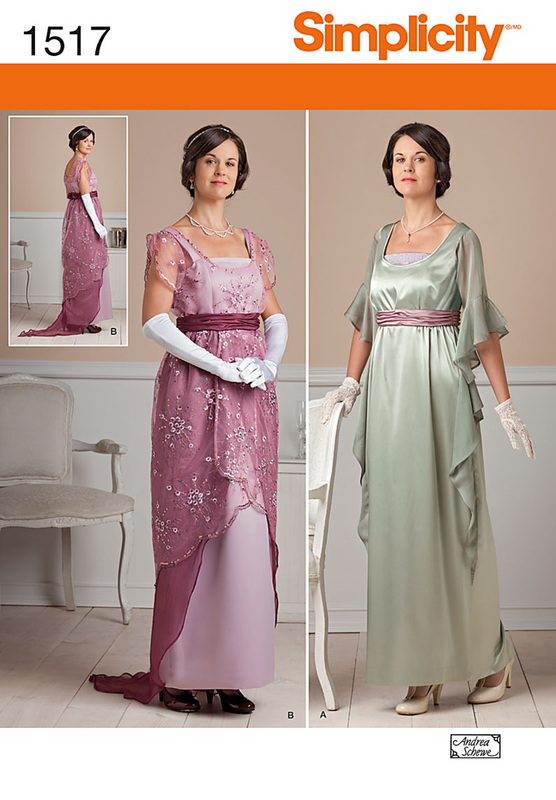Many more blogs to come on this about my research, pattern reference and photos to explain how I put these dresses together.
And, please anyone chime in on this.
I found a pretty good explanation to back up my theory on a website called Eras of Elegance. Here is the first paragraph. Or you can click on the link and read the whole thing.
The Edwardian Era (1901-1919)
The Edwardian era corresponds with the reign of King Edward VII, whose short-lived governance (1901-1910) preceded the modern House of Windsor in England. The "Edwardian" style broadly encompasses the years of 1901 through 1919. One author described the Edwardian era in the following vein: "The end of the century brought the dawning of a new age and a new attitude toward life. It was an era when social differences dissipated and the mores, customs, and expectations of the citizenry came together." The Edwardian era was a historical moment of tremendous technological and social change. The wonders of the modern world, which had only sprang into being in the 1880s and 1890's, brought the first rewards of modern industrialization and mass-produced abundance. Americans during the Edwardian age experienced new-found wealth and indulged in cuisine, fashion, entertainment and travel as never before. Perhaps the Edwardian era was best captured in the Titanic, the grand ocean liner which embodied the human progress, opulence, and excesses of the time. The Edwardian era is aptly remembered as the "Gilded Age."


 RSS Feed
RSS Feed